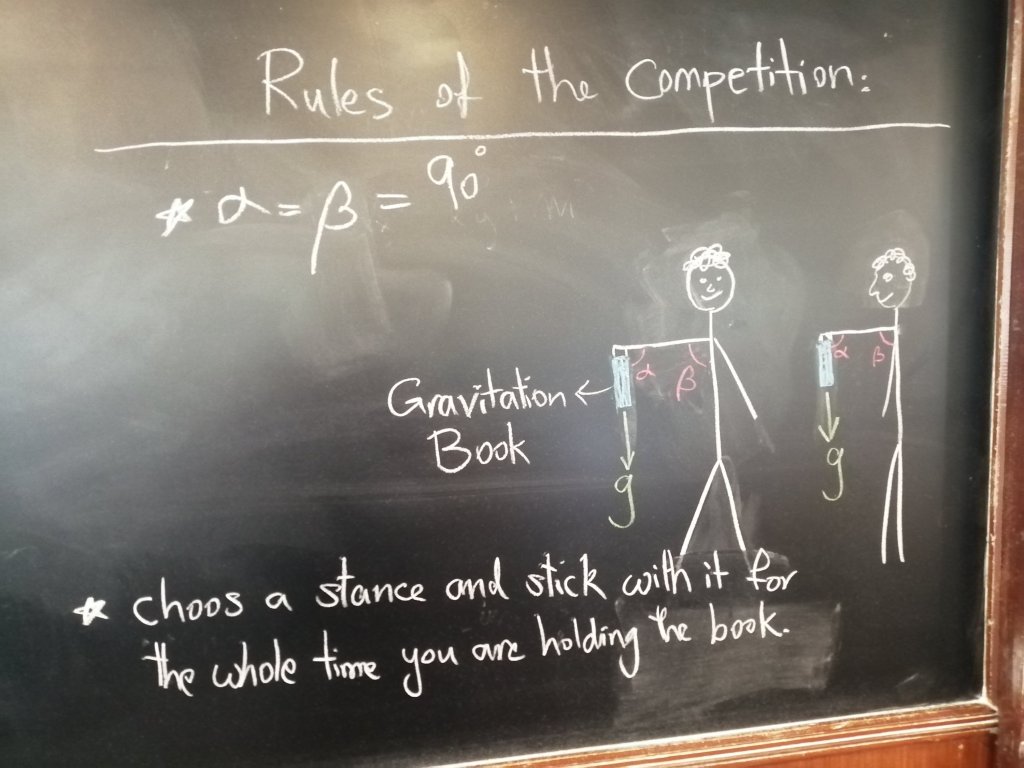I’ve always been fascinated by Nursery Rhymes. Some people think these are little more than nonsense but in fact they are full of interesting historical insights and offer important advice for the time in which they were written. One such story, for example, delivers a stern warning against the consequences of placing sleeping babies in the upper branches of trees during windy weather.
Another important role for nursery rhymes arises in physics education. Here are some examples that students of elementary mechanics may find useful in preparation for their forthcoming examinations.
1. The Grand Old Duke of York marched 10,000 men up to the top of a hill and marched them down again. The average mass of his men is 65 kg and the height of the hill is 500m.
(a) Estimate the total work done in marching the Duke of York’s men up to the top of the hill.
(b) If, instead of marching down again, the men take turns sliding down a frictionless slide back to where they started, estimate the average speed of a man when he reaches the bottom of the hill.
(You may assume without proof that when they were up they were up, and when they were down they were down and, moreover, when they were only half way up they were neither up nor down.)
2. By calculating the combined rest-mass energy of half a pound of tuppenny rice and half a pound of treacle, and assuming a conversion efficiency of 10%, estimate the energy released when the weasel goes pop. (Give your answer in SI units.)
3. The Moon’s orbit around the Earth can be assumed to be a circle of radius r. A cow of mass m is standing on the Earth (which has mass M, and radius R). Derive a formula in terms of r, R, M, m and Newton’s Gravitational Constant G for the energy the cow needs in order to jump over the Moon.
(The Earth, Moon and cow may be assumed spherical. You may neglect air resistance and udder frictional effects. )
Feel free to contribute similar problems through the Comments Box.












